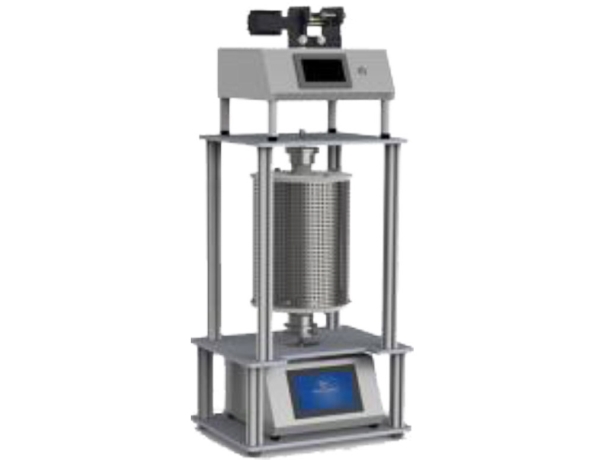DIP COATER is a cutting-edge technology that has transformed traditional coating processes. Whether you are in electronics, pharmaceuticals, or automotive industries, DIP COATER offers a versatile solution for uniform and controlled coating applications.
How DIP COATER Works
At its core, DIP COATER involves immersing a substrate into a liquid coating material, ensuring an even layer adheres to its surface. The process is orchestrated by a combination of carefully calibrated components, including a dipping chamber, transport system, and control unit. This ensures precise control over coating thickness and quality.
Applications of DIP COATER
The applications of DIP COATER are vast and varied. From electronics to medical devices, and from ceramics to automotive parts, industries are leveraging this technology for its unmatched coating capabilities. The flexibility of DIP COATER makes it an indispensable tool in research labs, manufacturing plants, and production lines.
Advantages of Using DIP COATER
The advantages of DIP COATER extend beyond its application versatility. Its efficiency in coating complex shapes, coupled with cost-effectiveness compared to alternative methods, makes it a preferred choice for many manufacturers. The ability to achieve uniform coatings on a variety of substrates sets DIP COATER apart in the coating landscape.

Metal Enhancement through Coating and Chemical Interface Analysis
In the global production landscape, metals undergo a transformative process, often receiving coatings for protection, bonding, or painting. Our cutting-edge tensiometers and contact angle measuring instruments meticulously assess the wetting and adhesion dynamics of involved coating materials, paving the way for the attainment of superior product quality and the optimization of various processes.Diverse Applications in Metal Coating
The versatility of our instruments extends to various metal-coating applications across industries:Corrosion protection and painting in automotive, shipbuilding, bridge construction, and aircraft manufacturing.Painting applications, encompassing housings for domestic appliances, entertainment systems, and communication electronics.Coating for metal prostheses and dental implants, ensuring optimal biocompatibility.Bonding with an array of materials such as plastics, glass, or textiles.Precision in printing plates, particularly in offset printing processes.Navigating Wetting and Adhesion ChallengesIn the realm of coatings, especially water-based paints and adhesives, the challenge lies in adapting them to the unique characteristics of the metal surface. Our instruments play a pivotal role in deciphering the surface free energy, polarity of the metal, and the surface tension of the coating material. The synergy of these measurements yields critical insights:The spreading coefficient, a gauge of homogeneity and wetting speed, crucial in determining the uniformity of paint coatings.The work of adhesion, defining the strength of the bond between coating or adhesive and the metal surface.Low interfacial tension as an indicator of a stable, long-term bond, influencing factors such as re-wetting by water and the overall quality of corrosion protection or printing plate coatings.Ensuring Quality Surface ProtectionA paramount consideration in surface protection is the resilience against potentially aggressive liquids like water or saline solutions. The contact angle emerges as a direct metric, offering a tangible measure of protection effectiveness.Scrutinizing Surface Pre-treatmentBefore the coating process unfolds, meticulous pre-treatment of the metal is paramount. The objective is to augment surface free energy, which may be compromised by contamination or passivation of the metal. Rigorous and uniform pre-treatment is the cornerstone for consistent wettability and elevated surface free energy, verifiable through our mobile contact angle measuring instrument.Efficiency in Cleaning Bath AssessmentSurfactant-laden cleaning baths play a pivotal role in surface preparation. Our instruments, including surface tension measurement and the mobile bubble pressure tensiometer, ensure an on-site evaluation of their efficacy and efficiency. This includes the assessment of active ingredient content, guaranteeing optimal performance in diverse industrial applications.